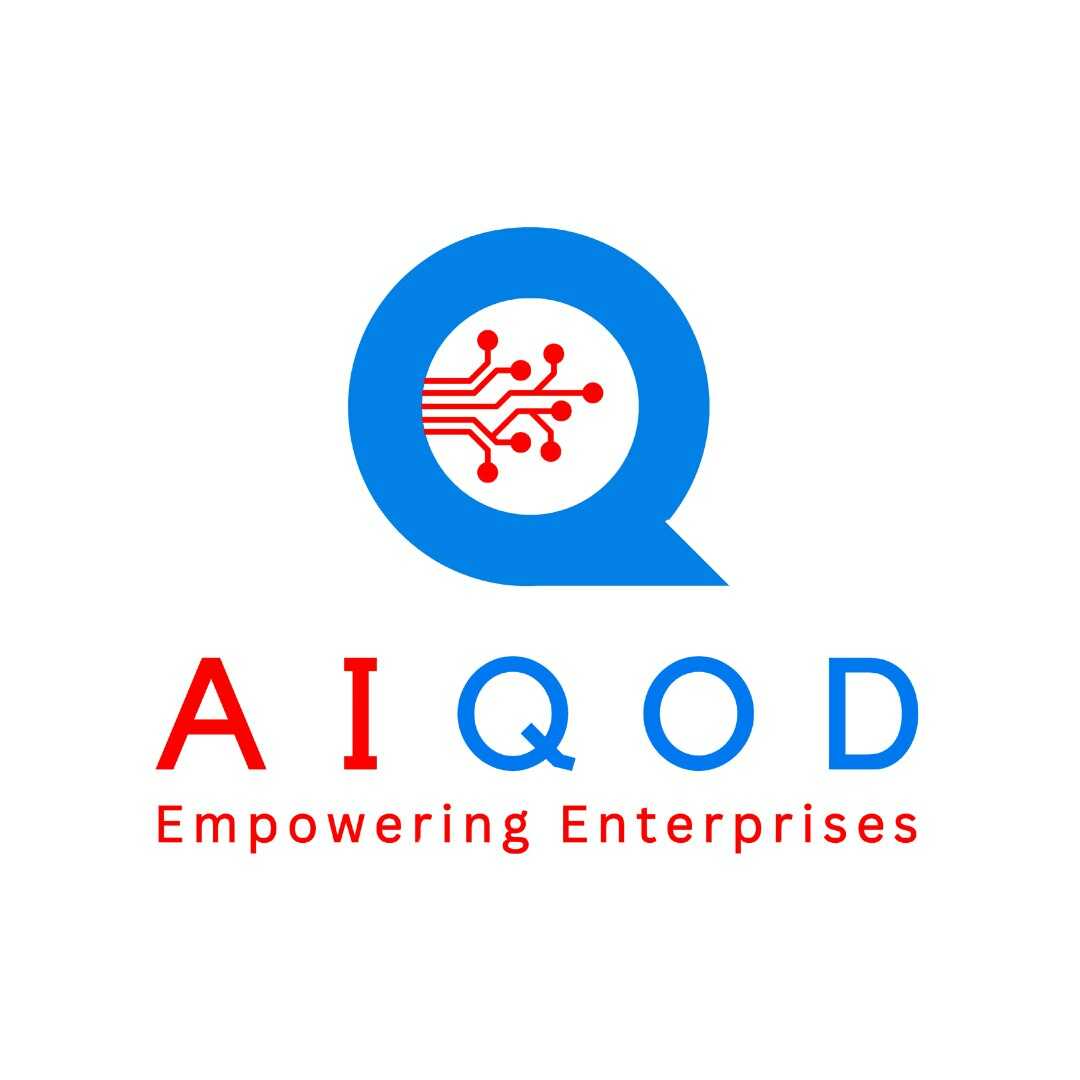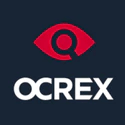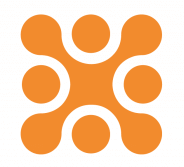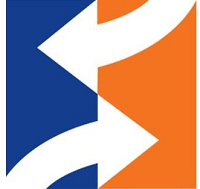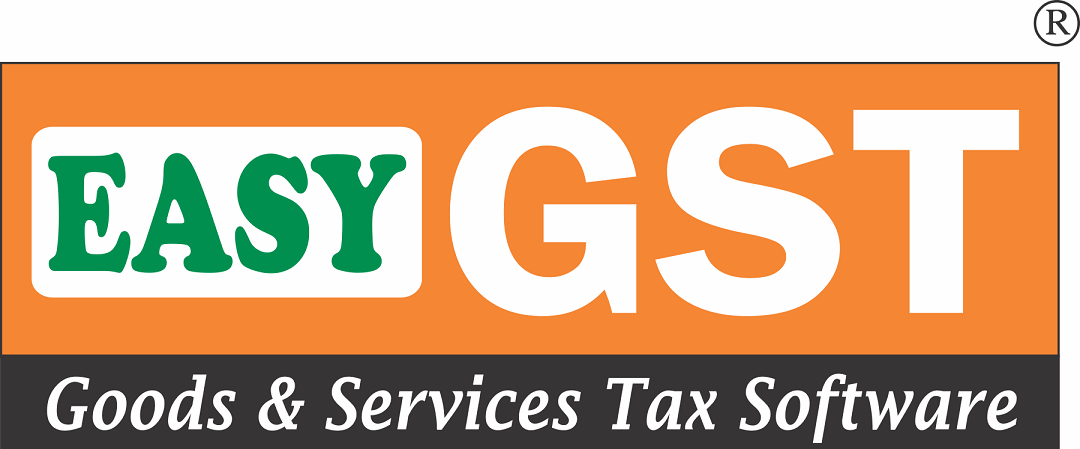What Is Reconciliation Software?
Reconciliation software is a sort of technology that enables businesses and organizations to properly and efficiently match financial transactions across several accounts, such as bank accounts, credit card statements, and invoices. It is a critical instrument for keeping accurate and up-to-date financial records, detecting errors and anomalies, and assuring financial stability.
The basic goal of reconciliation software is to compare two sets of financial records and detect differences between them. This could include comparing accounting records to bank accounts, credit card statements, and vendor invoices. The program streamlines this process using powerful algorithms and automation, reducing the time-consuming and error-prone effort of manually reconciling transactions.
In addition to matching transactions, reconciliation software allows you to categorize and organize them, create custom matching criteria, and provide reports and analytics. This enables firms to obtain insights into their financial data and make sound decisions based on precise and dependable information. One of the primary advantages of employing reconciliation software is its ability to reduce the likelihood of financial errors and fraud.
Businesses can use regular reconciliation to uncover anomalies and unusual activities that may indicate fraud or inaccuracies in their financial records. This early diagnosis can help businesses avoid huge financial losses and reputational damage. When comparing reconciliation software solutions, it is critical to examine the aspects that are most relevant for your individual business requirements.
Some software may provide interfaces with accounting systems, configurable dashboards, and multiple user access. It is also critical to assess the software provider's usability and support to ensure a successful implementation and long-term use.
What Are The Recent Trends In Reconciliation Software?
In recent years, reconciliation software has gained popularity among enterprises of all sizes. This tendency can be linked to a number of factors, including technological developments, increased regulatory requirements, and the growing necessity of accurate and timely financial disclosure.
We'll go over the latest trends in reconciliation software that have emerged as a result of these causes.
1. Cloud-Based Solutions: One of the most important trends in reconciliation software is the shift to cloud-based solutions. This transition was motivated by the desire for improved accessibility, flexibility, and scalability. Cloud-based reconciliation software enables organizations to access crucial financial data from anywhere, at any time, and on any device, making it especially beneficial for remote teams and firms with many locations.
2. Automation And AI: Another noticeable trend in reconciliation software is the use of automation and artificial intelligence (AI) technology. These features can significantly speed up the reconciliation process by automatically matching transactions, finding differences, and proposing modifications. This not only saves time, but also lowers the likelihood of human error, resulting in more accurate and efficient financial reporting.
3. Mobile Compatibility: With the growing usage of mobile devices in business, it's no surprise that reconciliation software has also become mobile-friendly. Many suppliers now provide mobile apps that enable customers to access, review, and approve reconciliations on the go. This is especially useful for managers and executives who need to be informed and make decisions swiftly, even while they are not at their offices.
4. Integration With Other Systems: In today's digital age, businesses utilize a wide range of software tools to handle many parts of their operations. To guarantee that financial processes run smoothly and seamlessly, reconciliation software increasingly interfaces with other systems such as accounting, Enterprise Resource Planning (ERP), and payment processing. This integration lowers human data entry while increasing data correctness, resulting in more precise reconciliations.
5. Increased Security Measures: As financial data becomes more exposed to cyber threats, reconciliation software suppliers place a higher priority on security. Recent trends include the use of multi-factor authentication, data encryption, and constant monitoring to safeguard sensitive financial information. This gives businesses peace of mind, knowing that their financial information is being protected from potential breaches.
Benefits Of Using Reconciliation Software
Reconciliation software provides numerous benefits to businesses of all sizes. Its main job is to compare and match financial transactions, ensuring that your records are correct and up to date. Manual reconciliation is a tiresome and time-consuming operation, thus employing reconciliation software not only saves time but also lowers the possibility of human error.
Let's explore, we'll go over the top benefits of employing reconciliation software to help you make an informed decision about your organization.
1. Increased Efficiency: Reconciliation software automates the reconciliation process, removing the need for human data entry and significantly lowering the time and effort necessary to reconcile accounts. This improves efficiency, allowing you to focus on more critical tasks and increasing total output.
2. Accurate And Reliable: Manual reconciliation methods are prone to errors, which can be costly to your company. With reconciliation software, you can expect your financial records to be highly accurate and reliable, providing you with piece of mind while also maintaining regulatory compliance.
3. Timely Reconciliation: Automating reconciliation operations reduces reconciliation turnaround time dramatically. This means you can reconcile accounts more regularly, giving you up-to-date financial information and helping you to make sound business decisions.
4. Fraud Detection: Reconciliation software can assist you spot anomalies or irregularities in your financial accounts that may indicate fraudulent activity. Early discovery can save you money and avoid future fraud.
5. Increased Visibility: By balancing accounts with software, you can obtain a clear and accurate picture of your financial situation. This visibility can help you budget, forecast, and make smart financial decisions for your organization.
6. Easy Integration: Reconciliation software can work with your existing accounting systems, making it easy to import and export data. This provides uniformity across all of your financial records while eliminating the need for manual data entry.
7. Cost Savings: By automating and improving efficiency, reconciliation software can help firms save time, money, and resources. This leads to long-term cost reductions, making it an affordable alternative for keeping your financial data.
Important Factors To Consider While Purchasing Reconciliation Software?
When it comes to choosing reconciliation software, buyers should examine several key elements to ensure that they are making the best investment for their company. Reconciliation software allows businesses to match financial transactions and assure record correctness. Businesses that use the proper software can speed their reconciliation process, save time and money, and enhance overall financial management.
Let's explore, we'll go over the most important elements to consider while selecting reconciliation software for your firm.
1. Integration With Existing Systems: One of the most important elements to consider when selecting reconciliation software is its compatibility with your current systems. The program should work flawlessly with your accounting software, bank statements, and other financial instruments to ensure a smooth and quick reconciliation procedure.
2. Automatic Matching Capabilities: Manual reconciliation is a time-consuming and error-prone process. Look for software that supports automatic matching, such as bank statement imports and rule-based matching, to lessen the chance of human error and speed up the reconciliation process.
3. Customization Options: Each organization has unique reconciliation requirements, and the software should be able to meet these demands. Look for software that allows for customization, such as the creation of custom rules and reports, to better meet your company's specific requirements.
4. Security Measures: Because financial data is sensitive, you must ensure that the reconciliation software you use has strong security protections in place. This should include data encryption, user-specific access controls, and frequent security updates.
5. Scalability: Your company is likely to expand in the future, and the reconciliation software should be able to accommodate that development. Make sure to select software that can manage increasing transaction volumes and is easily scalable to suit your future requirements.
6. User-Friendly Interface: Because your staff will be using the reconciliation software on a daily basis, you must choose software with an easy-to-use interface. It should be straightforward, simple to use, and require less training to facilitate a smoother adoption process.
7. Technical Support: Reconciliation software, like any other software, may have technical faults that must be resolved immediately. Make careful to select a provider who provides dependable technical support, such as regular upgrades, training materials, and a responsive customer service team.
8. Cost: Finally, the cost of the software should be considered. While it may be tempting to go with the cheapest choice, keep in mind that reconciliation is an important component of financial management, and investing in high-quality software that fits all of your demands is well worth the money in the end.
By taking these essential elements into account, you can choose the best reconciliation software for your company and expedite your reconciliation process, freeing up time to focus on other aspects of your finances and overall business success.
What Are The Key Features To Look For In Reconciliation Software?
When it comes to choosing the right reconciliation software for your business, there are several key features that should be taken into consideration. These features will not only ensure smooth and efficient reconciliation processes, but also help your business save time and reduce manual errors.
1. Automated Matching: One of the most important features to look for in reconciliation software is automated matching. This feature allows the software to automatically compare and match large volumes of financial data, eliminating the need for manual reconciliation and reducing the chances of human error.
2. Customizable Rules: Every business has its unique reconciliation processes and requirements. Look for reconciliation software that offers customizable rules, allowing you to tailor the software to fit your specific business needs.
3. Bank Integration: Bank integration is a crucial feature for reconciling bank transactions. With this feature, the software can directly connect to your bank accounts and retrieve transaction data, streamlining the reconciliation process and reducing the risk of errors.
4. Real-Time Data: In today's fast-paced business world, having access to real-time data is essential. Look for reconciliation software that can update financial information in real-time, allowing you to make informed decisions quickly.
5. User-Friendly Interface: The software you choose should have a user-friendly interface that is easy to navigate and understand. This will save you time and resources by reducing the learning curve and allowing you to start using the software immediately.
6. Exception Management: Reconciling large volumes of data can result in a lot of exceptions that need to be investigated and resolved. Make sure the reconciliation software you choose has a robust exception management feature that can efficiently handle and resolve exceptions, saving you time and effort.
7. Audit Trail: It is crucial to have a clear audit trail of all reconciliation activities to keep track of changes and ensure compliance with audit regulations. Look for software that offers a comprehensive audit trail feature to have a transparent view of all reconciliation activities.
8. Custom Reporting: Custom reporting is essential for analyzing and sharing reconciliation data with stakeholders. Look for software that offers customizable reporting options, allowing you to present data in a format that best suits your business needs.
Why Do Businesses Need Reconciliation Software?
Reconciliation software has become an essential tool for companies of all sizes and industries. It simplifies the process of matching and comparing financial data, making it indispensable for businesses with complex financial processes. It not only saves time and effort, but also ensures accuracy and adherence to financial requirements. One of the primary reasons firms want reconciliation software is to minimize costly errors.
With the growing number of financial transactions and the complexities of modern accounting standards, manual reconciliation is prone to errors, resulting in discrepancies and misreported data. This can lead to financial losses, regulatory concerns, and reputational damage. Furthermore, reconciliation software provides real-time data visibility, allowing firms to make informed decisions based on correct and current information.
This is especially critical for businesses that handle a large volume of transactions, as data reconciliation delays can result in missed opportunities or inaccurate assessments of the company's financial health. In addition to accuracy and efficiency, reconciliation software offers a consolidated platform for managing and tracking financial transactions.
It eliminates the need for several spreadsheets and manual data entry, lowering the possibility of human mistake while increasing overall productivity. Another important feature of reconciliation software is the capacity to detect fraud and identify potential problems. Its powerful algorithms and automated processes can detect fraudulent transactions and anomalies, allowing firms to take corrective action quickly.
Finally, reconciliation software is a critical instrument for complying with financial requirements. It ensures that all transactions are correctly documented and reported, lowering the likelihood of penalties and fines for noncompliance.
How Much Time Is Required To Implement Reconciliation Software?
The time required to adopt reconciliation software is determined by a number of factors, including the complexity of your financial transactions, the size of your organization, and the software's specific features and customization requirements. On average, full deployment and integration of reconciliation software into your existing financial processes might take between a few weeks and several months.
This schedule may also be determined by your IT team's availability and your employees' willingness to learn the new program. It is critical to remember that the implementation process entails more than just installing the software; it also includes configuring it, teaching your team on how to use it, and thoroughly testing it to guarantee it works properly.
To speed up the implementation process, choose reconciliation software that has user-friendly interfaces, simple data migration, and extensive training and support resources. Furthermore, integrating your key stakeholders and IT staff in decision-making and creating clear targets and deadlines can help to speed the implementation process.
Overall, careful preparation and communication between your team and the software vendor may ensure your organization's reconciliation software is implemented successfully and on time.
What Is The Level Of Customization Available In Reconciliation Software?
Reconciliation software is a valuable tool for organizations to manage their financial activities and reconcile differences in their accounts. One important element to consider while selecting reconciliation software is the level of flexibility available. Businesses can customize the program to meet their individual needs and operations, increasing efficiency and accuracy in the reconciliation process.
Different reconciliation software provides varied levels of flexibility, so it's critical to understand the available options and their implications for your firm. Customization in reconciliation software refers to the ability to modify users, procedures, and rules to your specific business needs. Users can be configured by specifying access levels and permissions for various jobs within the organization.
This enables for greater control and security over critical financial information. For example, a senior financial officer may need complete access to view and change all accounts and transactions, whereas a junior accountant may just need to access particular accounts for reconciliation. Workflows can be adjusted by specifying the actions and processes required to reconcile accounts.
This guarantees that the reconciliation process adheres to the organization's defined norms, lowering the chance of errors and fraud. For example, you may define that any transactions over a specific threshold require further approvals before being reconciled. The reconciliation procedure can be further automated by customizing the rules. These rules can be based on specified criteria, such as transaction amount or date, to automatically match transactions and alert any differences for further investigation.
This improves the reconciliation process and saves time for consumers. The level of customisation offered in reconciliation software ranges from the most basic settings, such as specifying user roles and permissions, to more advanced features like designing custom reports and workflows. Before deciding on reconciliation software, you must first examine your company's specific needs and establish the extent of customisation required.
Some software also allows for modification through add-ons or interfaces with other business systems, giving you even more options for personalizing the software to your specific requirements.
Which Industries Can Benefit The Most From Reconciliation Software?
Reconciliation software is a crucial tool for any firm that wants to streamline its financial procedures while improving accuracy and efficiency. Certain sectors, however, can benefit even more from reconciliation software due to their specific financial needs and processes.
We'll look at which industries can benefit the most from reconciliation software and how.
1. Banking And Finance Industry: As one of the most strictly regulated businesses, the banking and finance sector handles a high volume of transactions and complex accounting procedures. This industry can benefit considerably from reconciliation software, which automates tiresome activities, identifies discrepancies, and ensures regulatory compliance. It also enables real-time access to financial data, allowing for faster decision-making and lowering the chance of fraud or errors.
2. Retail Industry: With its complicated supply chain and large volume of sales and returns, manual reconciliation operations can soon become overwhelming. Reconciliation software can aid with the matching of invoices, inventory, and sales data, making it easier to detect anomalies or errors. This can lead to better inventory management, lower losses, and greater financial control for merchants.
3. Healthcare Industry: The healthcare business places a high value on accurate and timely financial information to ensure that operations function smoothly. Healthcare firms can use reconciliation software to reconcile claims, payments, and reimbursements, lowering the risk of errors and delays. It also provides access to invoicing and payment data, enabling for more effective financial planning and budgeting.
4. Insurance Industry: The insurance sector handles a vast volume of data, making it difficult to accurately reconcile policy information, claims, and premiums. Insurers can use reconciliation software to automate these operations and discover discrepancies or fraudulent activity, resulting in enhanced data quality and compliance.
5. Telecommunications Industry: Telecommunications firms handle a wide range of transactions, including invoicing, payments, and contract administration. These operations can be automated with reconciliation software, which ensures that customer invoices accurately reflect the services given. It can also detect unapplied payments, which reduces unclaimed revenue and improves cash management.
Conclusion
Finally, selecting the correct reconciliation software for your firm can significantly improve your financial operations while saving you time and resources. By carefully considering the features, cost, and user-friendliness of several possibilities, you can select a solution that suits your individual requirements and budget. Before making a purchasing decision, thoroughly consider customer reviews and test out demos or samples.
Keep in mind the software's scalability as well as the quality of customer assistance and training available. Finally, selecting the correct reconciliation software can help you streamline your accounting and improve the accuracy of your financial reports. With the information and advice provided in this buyer's guide, you can make an informed decision and select the finest reconciliation software for your company.


